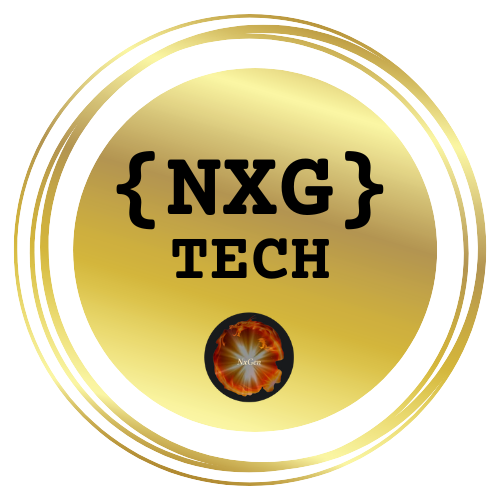
Stardust's Ambitious Goal: Solar Geoengineering
Stardust, a new startup that emerged in 2023, is on a daring mission to reshape how we think about our planet and climate change. Based in Israel and incorporated in the United States, Stardust is developing a proprietary technology designed to temporarily cool the Earth by blocking sunlight. This approach marks a significant shift in the field of geoengineering, previously dominated by public and academic institutions, as it embraces a private sector-led path toward climate intervention.
The Growing Interest in Geoengineering
Historically, geoengineering experiments, like the infamous 2012 ocean fertilization project by Russ George, illustrate the risks associated with manipulating natural systems. As global temperatures continue to rise, the desperation for solutions is paving the way for unconventional approaches like those Stardust is exploring. Should traditional climate solutions fail, governments may turn to tech-driven strategies to avert catastrophic weather events, raising ethical and environmental debates regarding intervention.
Concerns and Consequences of Geoengineering
While the potential benefits of such technologies may be appealing, many experts caution against moving forward without thorough exploration of potential consequences. Past geoengineering initiatives have faced immense scrutiny due to uncharted territory regarding atmospheric manipulation, which could inadvertently exacerbate problems such as air pollution and extreme weather patterns. Public sentiment is increasingly leaning towards acceptance of innovative solutions; however, the risks remain significantly concerning.
Transparency Issues in Climate Technology Development
Stardust has kept its plans under wraps, not disclosing key details about its technology or operational strategies. This lack of transparency raises alarms among climate advocates. They emphasize that any attempts to alter the Earth's climate should involve open discussions and collaboration with the public. Transparency may not only build trust but also mitigate risks by fostering a collective understanding of unknowns.
Adapting to a Changing Climate: The Way Forward
As we navigate this era of climate unpredictability, the existence of startups like Stardust prompts us to reconsider our choices. Can we ethically utilize geoengineering technology to fight back against climate deterioration, or does the sheer uncertainty of these interventions risk further harm? Ultimately, the goal should be achieving a balance where innovation thrums harmoniously with nature.
Conclusion: Reflecting on Our Future
The conversation surrounding geoengineering is complex and ever-evolving. While companies like Stardust seek to pioneer new avenues for climate response, society must engage in a broader dialogue about what we’re willing to risk for the sake of our planet’s health.
 Add Row
Add Row  Add
Add 




Write A Comment